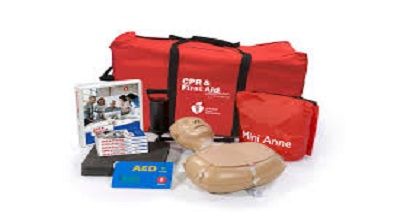First Aid Programs in Schools
First aid programs in schools are crucial for ensuring the safety and well-being of students, teachers, and staff. These programs equip individuals with the knowledge and skills to respond effectively to minor injuries and emergencies until professional help arrives.
Importance of First Aid Programs in Schools
- Immediate Response: Injuries and medical emergencies can occur at any time. First aid programs ensure that there’s always someone ready to provide immediate care.
- Safety Awareness: These programs often include preventive education, helping students and staff recognize and avoid potential hazards.
- Confidence Building: Knowing how to handle emergencies can significantly boost the confidence of students and staff.
- Community Impact: Skills learned can be applied outside of school, benefiting the broader community.
Components of a School First Aid Program
- Training: Regular first aid and CPR (Cardiopulmonary Resuscitation) training for staff and older students.
- First Aid Kits: Accessible and well-equipped first aid kits in multiple, clearly marked locations.
- Emergency Plans: Clearly outlined and regularly practiced plans for different types of emergencies (e.g., injuries, natural disasters).
- Student Education: Basic first aid knowledge is integrated into the curriculum for students.
- Partnerships: Collaboration with local health professionals and emergency responders for advanced training and support.
Implementing First Aid Programs
- Assess Needs: Understand the specific needs of your school. Consider the size, location, and available resources.
- Develop Policies: Create comprehensive policies regarding emergency response, parental consent, and liability issues.
- Train Staff and Students: Regularly scheduled training sessions. Encourage participation by making sessions engaging and relevant.
- Regular Drills: Conduct drills to practice emergency response procedures.
- Update and Review: Regularly review and update the program to ensure it remains effective and up-to-date with the latest first aid guidelines.
Challenges and Considerations
- Funding: Budget constraints can limit the scope of programs. Seeking grants or community partnerships can help.
- Complacency: Regular refreshers are necessary to prevent skills and knowledge from fading.
- Emotional Impact: Recognize and address the emotional and psychological impact that dealing with emergencies can have on students and staff.
Conclusion
First aid programs in schools are more than just a safety measure; they are an essential part of education that empowers individuals and fosters a safer, more prepared community. By investing in these programs, schools can ensure a swift and effective response to emergencies, minimizing harm and potentially saving lives.
